This is a rough script for the first half of a presentation I gave to a group of 12~17 y/o at the British School in Tokyo near the end of 2013. I have pasted some of the slides I used into the script for illustration. I gave it a provocative title in an attempt to maximise attendance!:
“Everything they don’t teach you at school because they are afraid it will blow your mind!”
*****************
I want to take you on a whirlwind journey through time, from the big bang to the present, and across science, from astro-physics to evolutionary biology, and along the way highlight some of the discoveries, ideas and unanswered questions that have thrilled me in my explorations since leaving education and that I do not believe are on the school syllabus yet.
Try to note the subjects that I skim across, most of them hybrid sciences, and let’s try to join some dots between them. Be assured that there are many subjects out there to be explore and one of them might just be right hybrid of skills and approaches for you. Also note that while at school you learn mostly stuff that everyone is agreed on, there are an awful lot of big questions that have yet to been answered, or where there is little agreement on the answer, and of course many more questions that no one has thought to ask yet, so you may spot somewhere to make a name for yourself.
Finally be aware that your teachers are I bet clued up on these ideas and topics, a lot more than me, so do ask about them even after this session.
The Universe has a direction
Probably the biggest point I want to make today is that the Universe has a direction. It started with the big bang and ever since certain trends have been, taken across the whole, on the increase. I have listed some of these here. Things like complexity, specialization, evolvability itself are on the increase, whether we look at start and galaxy formation, the history of life on Earth, bacteria in a petri dish or the technologies that humans have co-evolved with, we can see these core traits shaping the process. Not dictating every little detail, quite the opposite, but guiding the general direction of change.
Big Bang & expanding Universe
All the energy in the Universe is created. At first there is no space for difference. But it expands rapidly, and some areas are cooler than others. This uneveness means that there is “potential energy” – a gradient down which energy will always leak. This is called entropy, and it is the only rule that we are sure always applies anywhere in time and space. The unevenness shortly after the Big Bang in the spread of energy is the origin of all the structure we see in the Universe today, including life on Earth, since over vast stretches of time extremely complex organisation can emerge from the smallest of initial unevenness.
The formation of Galaxies & inferred Dark Matter
At the same time as the universe is flying apart with entropy increasing, energy begins to clump together in the form of stars and galaxies. There are lots of different types of galaxies, lots of different types of stars too. In fact, the structuring of the energy and matter in the universe is a form or self-organisations that emerges from the laws of physics and chemistry. We do not have a clear definition in science yet of the opposite of entropy. Some call it extropy, or exotropy. It describes a process of increasing concentration of energy and increasing order and organisation. If one of you can explain how organised systems emerge you will be the next Einstein or Darwin.
Planets and the emergence of life on Earth
There are likely to be billions of planets in the universe. We have already found several thousand planets orbiting stars near us. But how many can sustain life? There are many factors that seem to favour life on earth. The perfect distance from the sun. A magnetic core which creates a magnetic deflector shield from the harmful stream of ions from the sun, thanks to the fact that we are not too far away from the centre of the galaxy, but not too close that we get soaked in dangerous radiation, a huge planet like Jupiter near us that attracts comets full of ice that the earth has absorbed giving us water.
You can look at these “goldie locks” outcomes as ither we are very lucky, or else it was always going to happen this way. This does not mean that we are likely to be on the only life-bearing planet in the Universe, but that where theres is life, it is likely to have emerged from the same sort of conditions that the Earth has enjoyed. And this same thought applies right down from the scale of solar systems to the arrangement of atoms on long protein molecules (amino acids) that govern biological life.
The invention of DNA and what it meant for life
DNA is nature’s way of passing the information required to build living creatures down through time. There is no other way that information is encoded and transferred down through time in biological systems. And the properties of DNA make it perfect to play this role. It is like two sides of a zip that have been twisted into a spiral, meaning that it can unzip itself and make copies of itself by grabbing molecules from a soup of proteins around it to make the other side of the zip. We call tho “self replication”, and it is at the heart of how all life on Earth.
There are around 10^39 possible molecular shapes that the organic proteins can form. That is more than the number of stars in the Universe. Although 4billion years of life on Earth is a long time for evolution to try out different molecules, the odds are extremely small that DNA was struck upon by luck. We have generated billions of these other possible configurations in computer simulations and tested them for the properties needed to play the role that DNA does, and found that none even come close to ticking all the boxes that DNA does.
This does not imply a hand of God, at least not directly, since it appears very much like the constraints applied by the laws of physics and chemistry on the emergent, self-organising structure of the organic molecules that govern life pre-dictate certain paths that lead to higher levels of order and organisation.
What this suggests is that if there is life on other planets, it is more than likely to be DNA based.
Eusociality and the dominance of social insects
DNA allows nature to program the behaviour of living creatures, from the single celled, to trees, marine and land animals, the lot. We all know how natural selection works to design the traits of species so that they fit the niches available to them in the biosphere, like the shape of beaks of Finches on the Galapagos islands that Darwin researched nearly 150years ago. But encoded in DNA are far more subtle and complex traits, including behavioural traits that dictate higher level organisation than physical characteristics. This is because natural selection can also work on the level of groups and colonies, not just individuals.
One beautiful example of this is the social behaviour of certain insects, such as ants, termites, bees and wasps. The so called social insects all went through a threshold of organisation that bio-geneticists call “eusociality” – which basically means that they form a nest for the rearing of their young, protected by individuals whose role it is to care and guard for them, while others go out and get food and resources, build and repair, wage war on other colonies or intruders. This is not a conscious decision. It is genetically hard wired. In fact, in a termite mound the number of genetically defined roles is in the region of 40~45, which is a higher level of division of labour than in Elizabethan England. This level of cooperation gives them such an advantage that these social insects have dominated the biosphere for about 1.5bn years, in some ecosystems making up 50% of the total biomass.
Agriculture before humans
Many people believe that humans invented agriculture, but as you probably already know the leaf cutter ants have been “farming” for billions of years. They carry chopped up leaves that they themselves cannot eat back to their nest, and lay it down in underground fields where it is consumed by a fungus, and the ants eat the fungus. This is not unlike the relationship we enjoy with the few Kg of bacteria that line our gut – our “micro-biome”, that helps us digest our food.
Animal Herding
Likewise it is falsely believed that humans invented the farming of other animals for yummy drinks like milk. Well ants also beat us to that too. Some species of ants have had a symbiotic relationship with aphids for well over a billion years. Aphids are sap-suckers. But to suck sap they have to have their noses stuck into a tree all day, making them easy pickings for insects likes lady birds and their ancestors. Sap is not as thick as blood, and in order to extract enough nutrients from it sap suckers need to process a lot of sap, and the waste from this process is dozens of globules of goo everyday that come out of the bum of the aphids and that ants just love. 2 billion years ago these balls fell to the ground under trees where ants collected them and said thanks very much.
This harvest gave ant colonies a competitive advantage, and it was thus a big disadvantage when the aphids on a tree all got eaten by predators. So the ants evolved to protect the aphids from predators. A few hundred million years later colonies of ants and aphids had co-evolved to the extent that the aphids would no longer excrete the globule of sap until an ant gives it a top on the back so the ant could pick it up there and then, a bit like going shop to pick up a carton of milk. The ants even evolved to pick up the aphids and move them to other trees when the tree got unhealthy or else was being overrun by predators. This symbiotic relationship continues to this day, quite possibly in your garden, and is one of the most successful partnerships in nature, but their are billions more relationships like this.
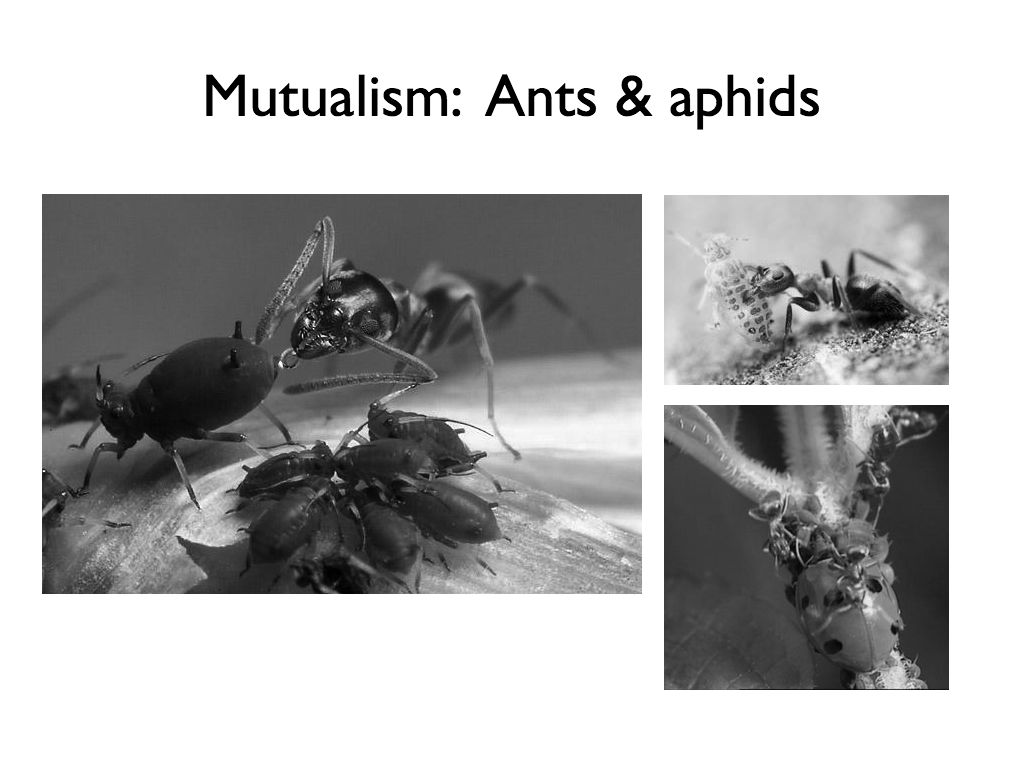 The ways that species cooperate to gain mutual advantage is as rich as the ways that species compete and prey each other, something that both Darwin and Alfred Lord Wallace, the other British scientist who independently explained evolution through natural selection, observed and wrote a lot about in their papers. But it was the competition, the “nature is red in tooth and claw” side that Victorian society focused on, perhaps to justify their less than friendly activities, and this bias in perception still persists I think.
The ways that species cooperate to gain mutual advantage is as rich as the ways that species compete and prey each other, something that both Darwin and Alfred Lord Wallace, the other British scientist who independently explained evolution through natural selection, observed and wrote a lot about in their papers. But it was the competition, the “nature is red in tooth and claw” side that Victorian society focused on, perhaps to justify their less than friendly activities, and this bias in perception still persists I think.
All this complex behaviour is programmed into the DNA of living things. It is mind-bogglingly elegant important for us humans to understand, and yet we are destroying much of this beauty today by decimating so many ecosystems.
Human’s ancestors go “eusocial”
Archaeology has been able to trace the human genetic line back pretty accurately. Let’s go back one or two million years – our ancestors living in Africa were not yet the homo-sapiens that we are today, but they were standing on two feet like us, they were manipulating tools with dextrous hands, and about this time had started to use fire to pre-digest food before eating it, and to keep themselves warm.
Crucially by this time they had made that leap to eusociality, joining the bees and the ants and the other social insects, by setting up camps where they could rear young in relative safety, and allow division of labour that gave them a big advantage over other species. The main difference compared to us now was brain size – roughly half the size compared to anatomically modern sapiens, but from this point on it grew very rapidly compared to speed that anatomies tend to change over time through evolution.
Homo becomes “sapiens” (brainy)
There is a lot of debate among evolutionary biologist today as to what caused this “explosion” in braininess. Some say it was due to our manipulation of tools that kicked everything off. For instance, that simulating the path of a spear to intersect a fleeing animal uses the same sort of mental agility that is required for manipulating language. So tools begat language. Some say it was the other way round. Some say it was through needing to fathom the complexities of social interaction in the clans of humans.
What is sure is that by definition human nature evolved during this time of getting brainy (sapience!), albeit on top of the nature of primitive apes, who were also social, but not eusocial. Hence our human nature is a product of this period after we became eusocial, and during which we began to use tools in clever ways, and develop complex language, and that is evolved through selection pressures. In other words, being human gave us advantages, and that does not just mean spears and tools etc, but our emotional capacity, our ability to empathise, the ability to bond with each other through music, to share common beliefs however fanciful, these are all evolved traits.
Selfishness vs Altruism
One of the most unique things about being human is the fact that sometimes we can act in very selfish ways, and sometimes we can act in very selfless ways. If you think about it most animals are either individuals looking out for #1 (the lone predators like sharks, tigers etc spring to mind), or else totally selfless like ants or bees that will sacrifice themselves for the benefit of the colony. In contrast most humans teeter in between, react to the situation, always adapting to the context, not necessarily consciously.
This Jekyll and Hyde quality is a direct result of the fact that in our case evolutionary pressure acted on us at both an individual level, as members of a clan had to compete within a group for access to resources and mates, and at a group level, as clans fought it out for access to resources and mates, and by no means not just in direct combat, but that as well. A clan that was full of selfish individuals who would never put themselves on the line for the team, would always lose out in the end to one that could pull together in a crisis, that could communicate and collaborate productively together, that was bonded emotionally through common beliefs and rituals. But competition within groups was throughout also an advantage to the group as a whole. It is also certain that clans would splinter, merge, conquer and be conquered and individuals would have to adapt to their new situation pretty rapidly. They still do in many ways.
All these contradictory selective pressures acted on a brain that was already quite big, and able to get bigger, and hence we were able to evolve into this ultimately nimble, creative and adaptive species. That does not mean we are the best species. I really don’t think nature has favourites and we are definitely turning out to be a problem child in some ways.
Human nature
To conclude, our ability to adapt our behaviour and emotions, from selfish to altruistic, and many more dimensions besides, is at the heart of human nature. But it comes at somewhat of a price, since the flip side of the coin is that we are destined to be always torn between conflicting loyalties and urges. This is also something we just have to come to terms with.
But I do believe we are the most adaptive. Our ability to adapt our behaviour, and our emotions to rapidly changing contexts is at the heart of what makes humans unique, that is human nature.
Although I have only described on few episodes in the epic story that lead to the emergence of our species, I hope you can see the sort of process by which layers of structure emerge on top of each other leading to the sort of rich tapestries in nature that can see today, as well as our own complex behaviours and interrelations.
The story really speeds up now. The human brain has kicked off an incredibly rapid and disruptive shift in the realm of evolution. It is now not just biological species that are evolving, but also technological ones.
*****************
(The second half of this lecture will be published shortly once I have formatted my notes!)
CREDITS: I have borrowed a lot from 2 authors in particular in pulling this together:
– Edward O. Wilson: “Concilience” (1997) “The Social Conquest of Earth” (2012)
– Kevin Kelly: What Technology Wants (2011)
Links and other info on these books can be found on my favourite books page.

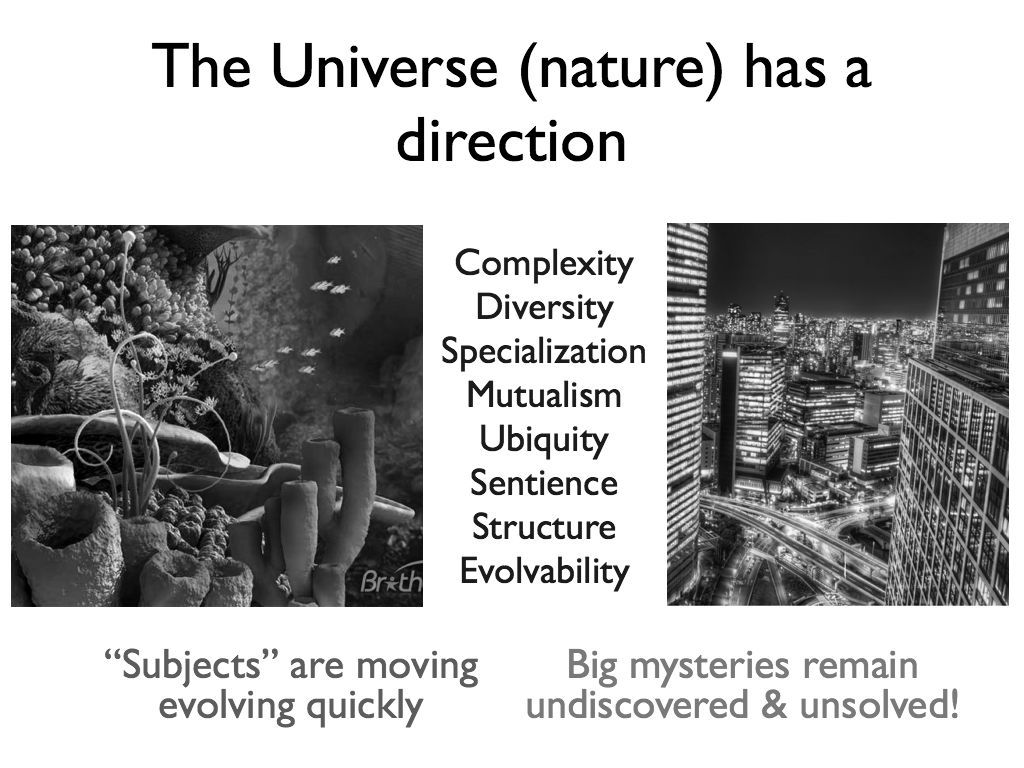
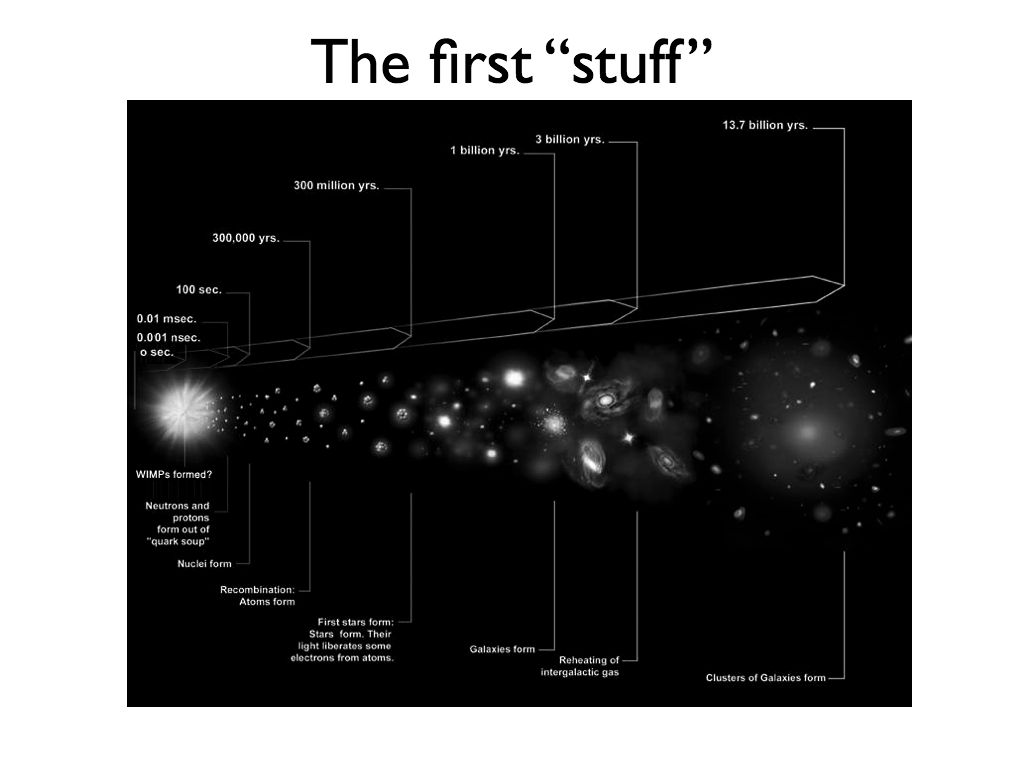
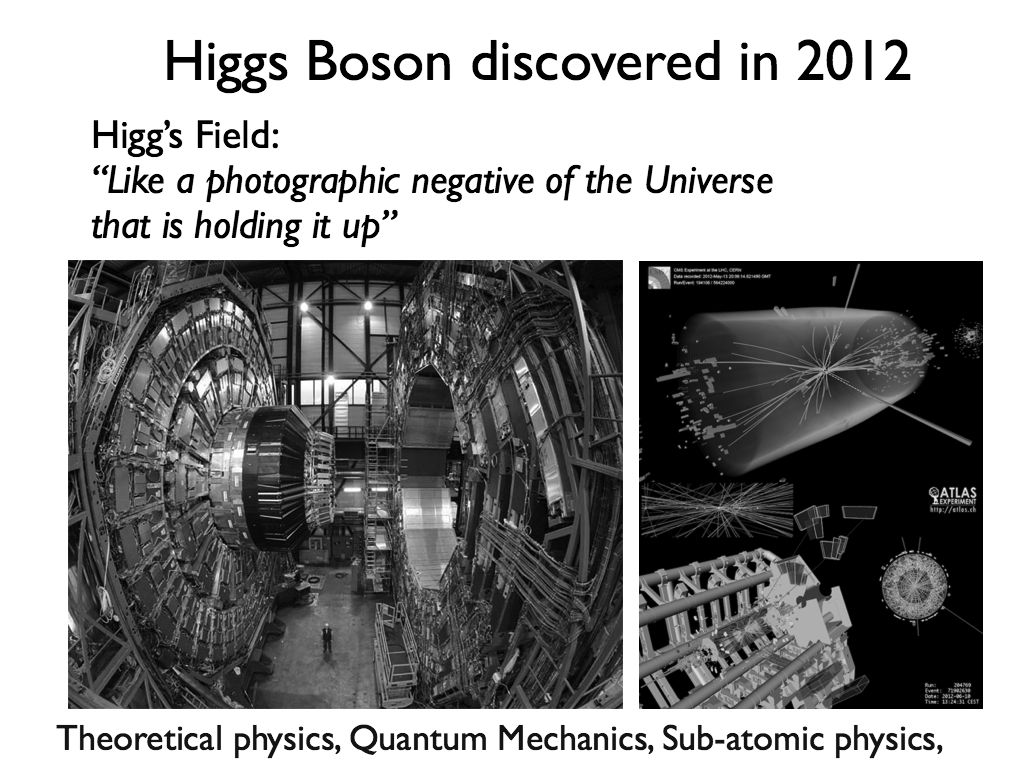
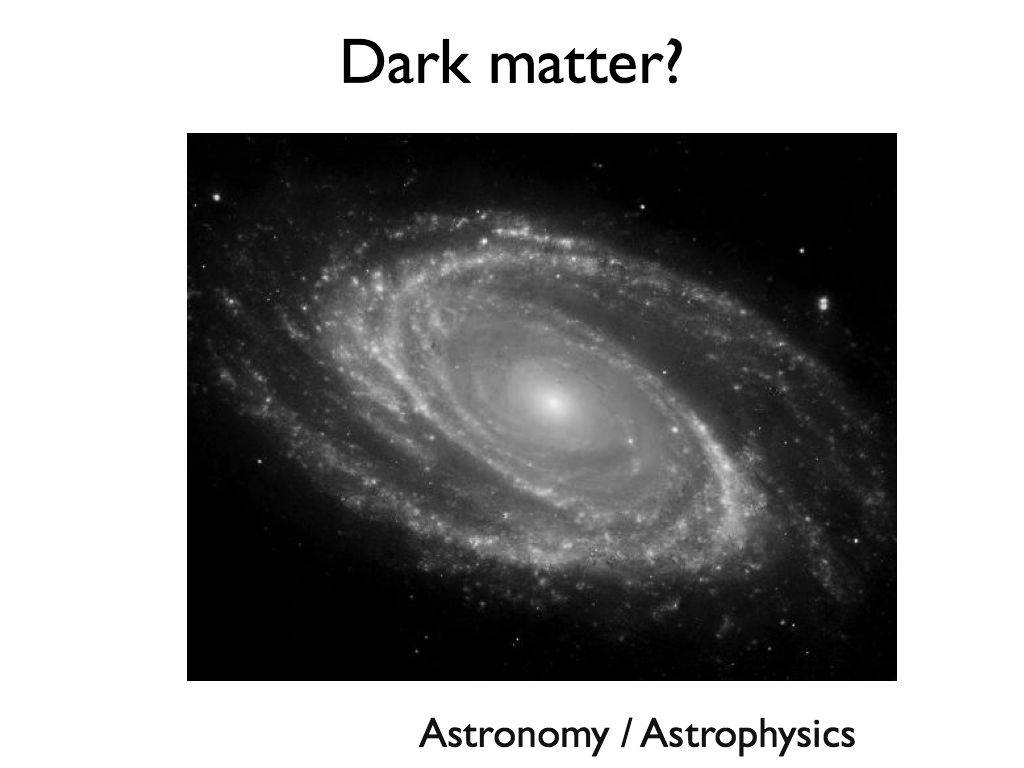
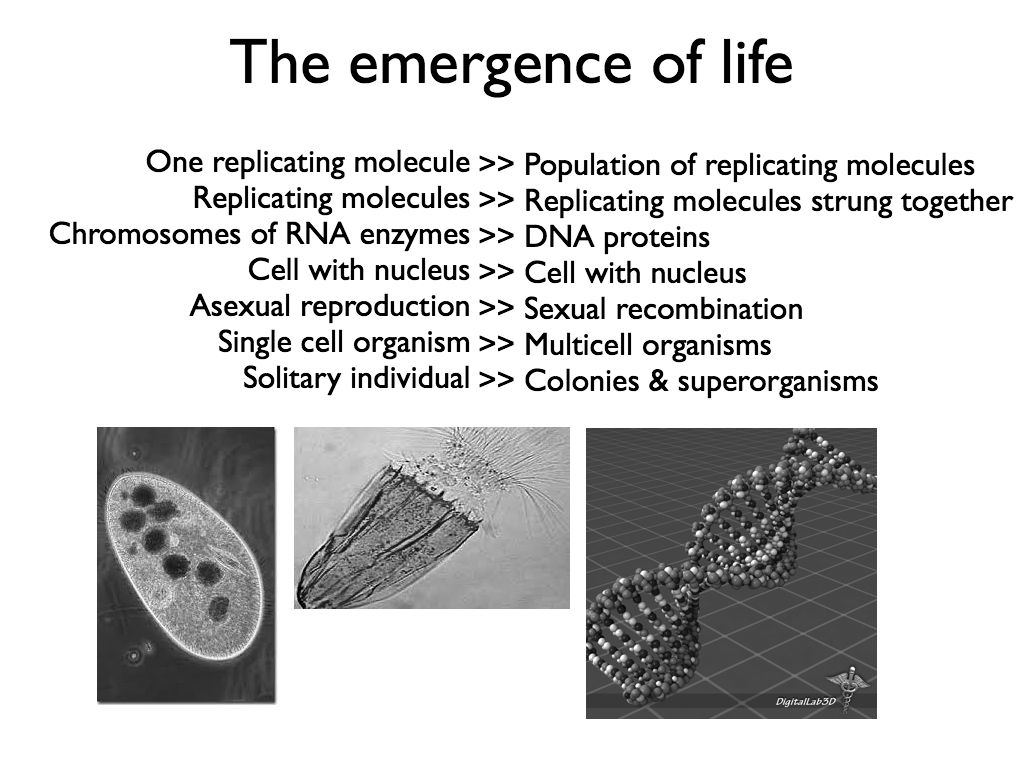
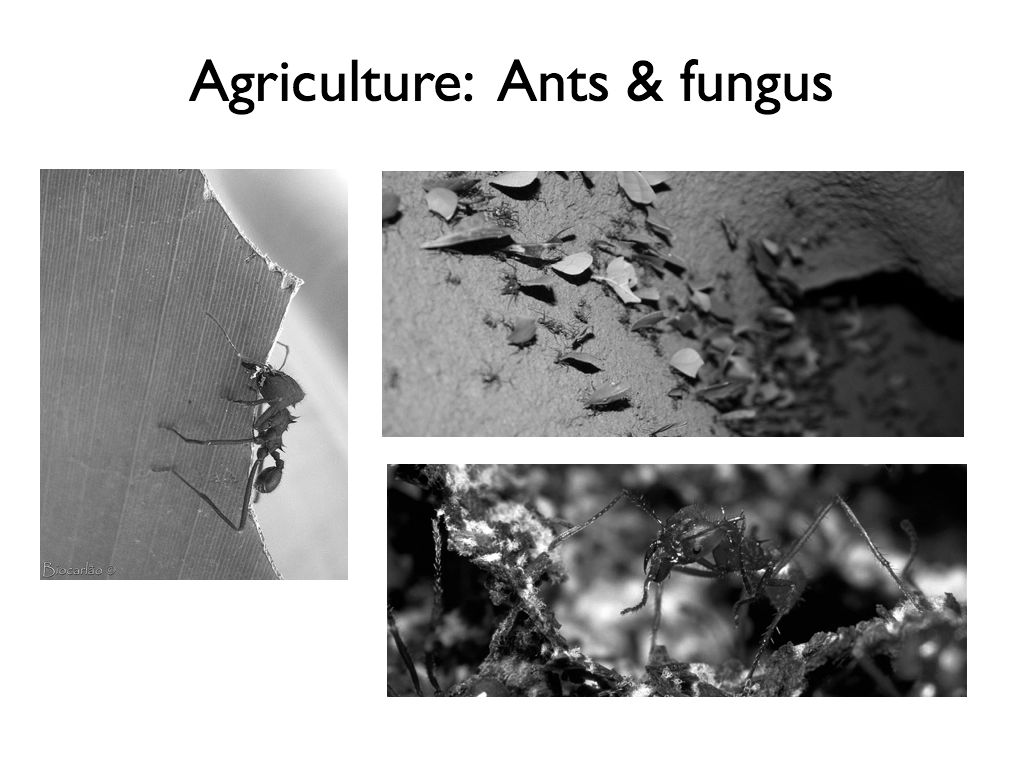
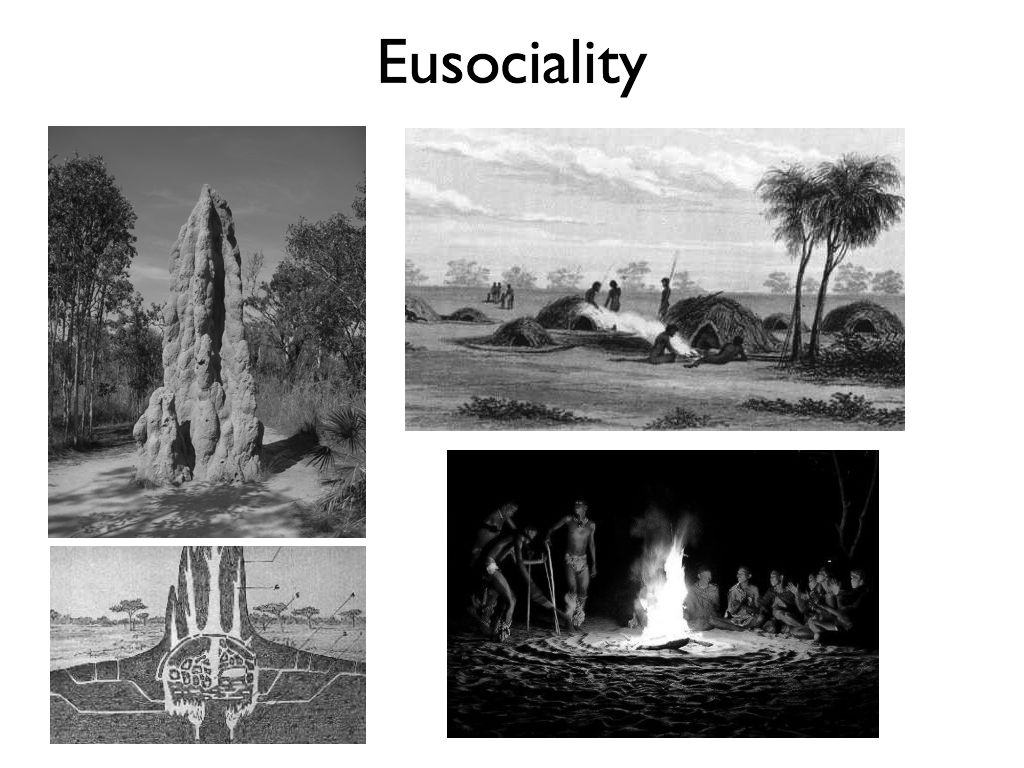
Leave a comment